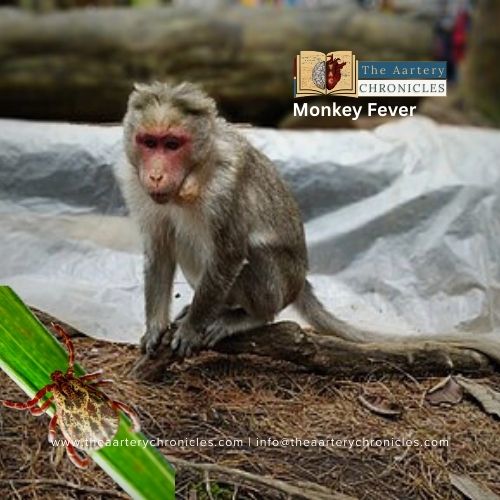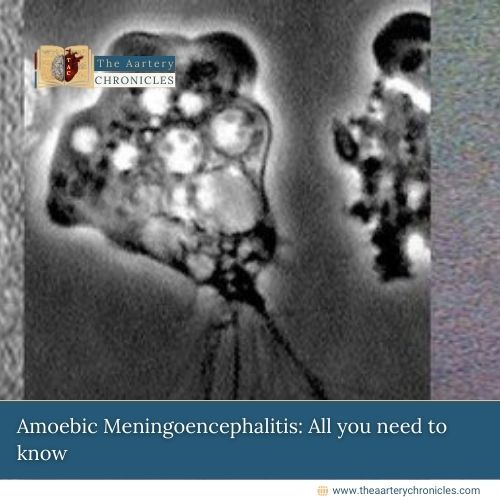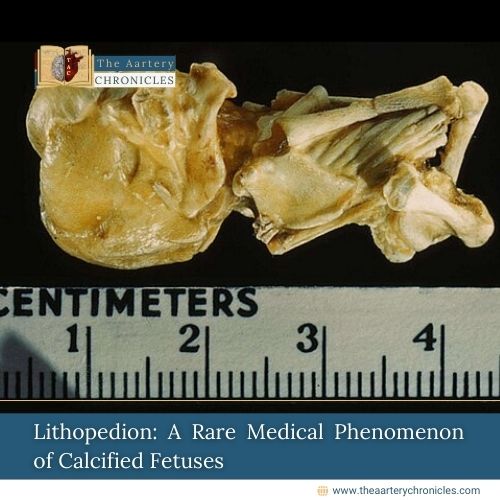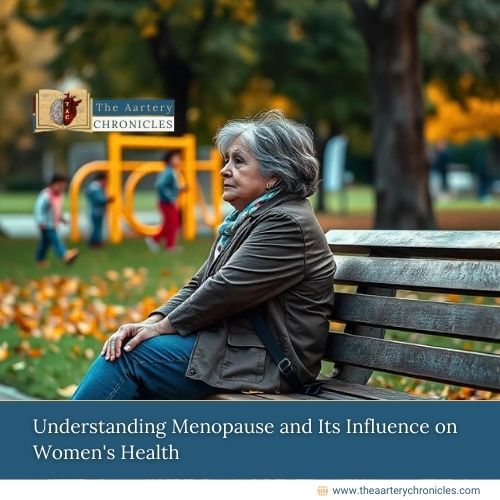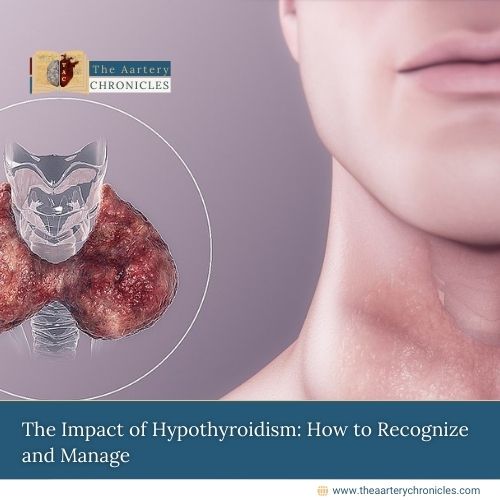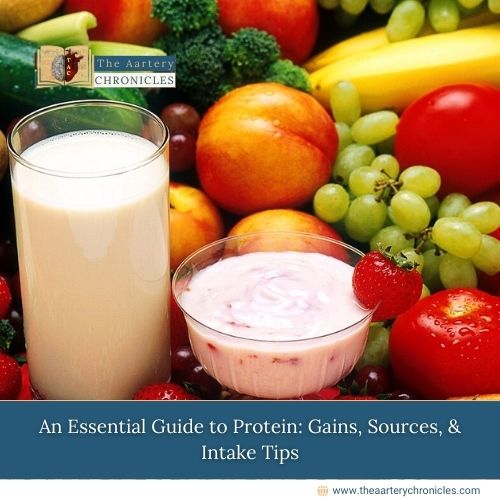
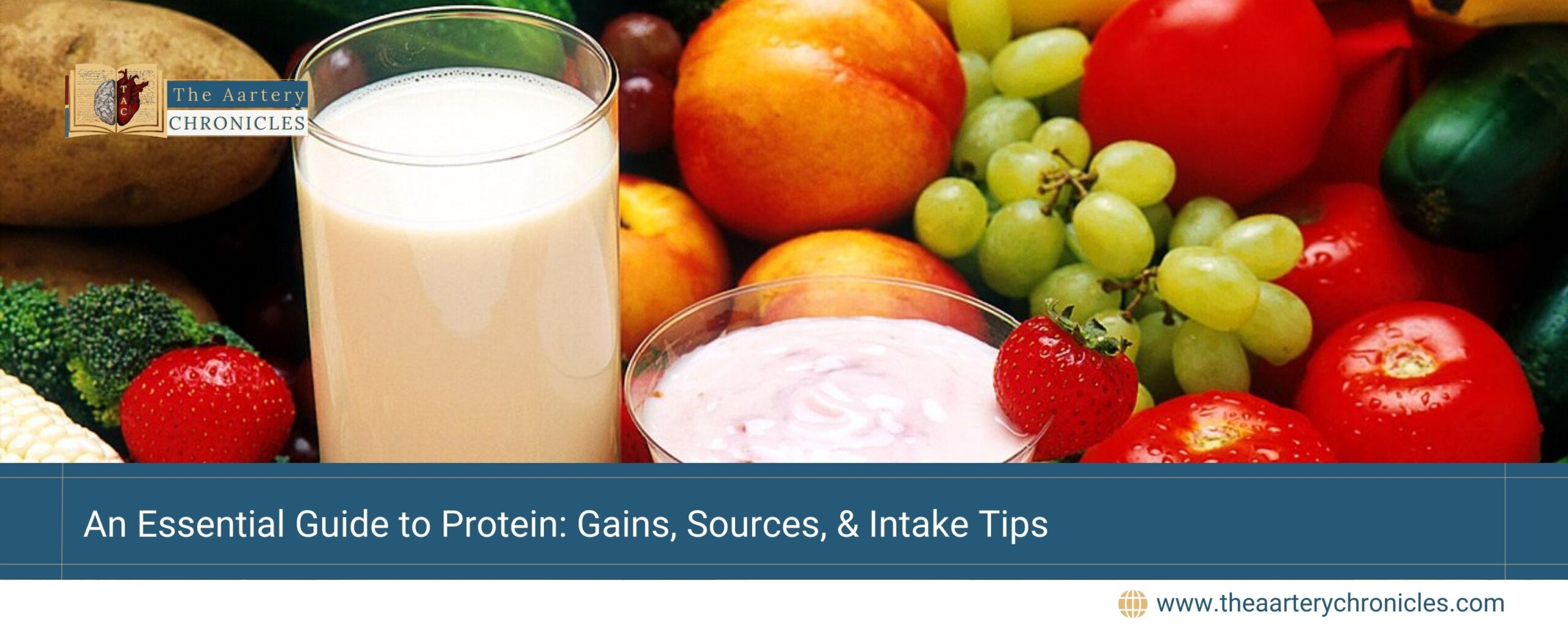
An Essential Guide to Protein: Gains, Sources, & Intake Tips
What is protein?
The word protein is derived from the Greek word “proteios”, meaning “of the first rank”. Proteins are complex organic nitrogenous compounds. They are composed of varying amounts of carbon, hydrogen, oxygen, nitrogen, and sulphur. Some proteins contain phosphorus iron and occasionally other elements.
Proteins differ from carbohydrates and fat in that they contain nitrogen, which usually amounts to about 16%. Proteins constitute about 20% of the body weight in an adult.
Proteins are made up of smaller units, called amino acids. Some 20 amino acids are stated to be needed by the body, of which 9 are called “essential” because the body cannot synthesize them in amounts corresponding to its needs and therefore, they must be obtained from dietary proteins.
Amino Acids
- The essential amino acids include (EAA)– Leucine, isoleucine, lysine, methionine, phenylalanine, threonine, valine, tryptophan, and histidine.
- Non-essential amino acids include (NEAA)– arginine, asparagine acid, serine, glutamic acid, proline, and glycine.
Both essential and non-essential amino acids are needed for the synthesis of tissue proteins.
Why is protein important?
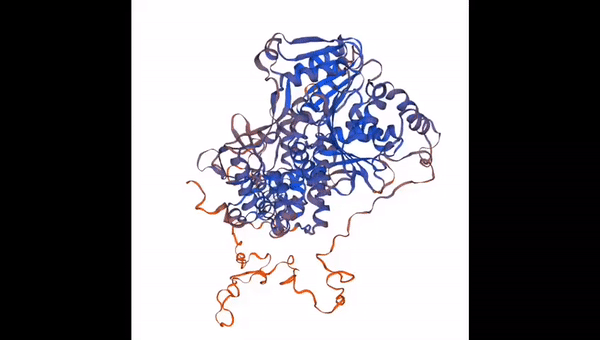
Source: Wikimedia Commons
- Repair and maintenance of body tissues
- Bodybuilding (Muscle hypertrophy)
- Maintenance of osmotic pressure
- Synthesis of antibodies, plasma protein, hemoglobin, enzymes, hormones, and coagulation factors.
As we grow older our body’s ability to make protein decreases, one example of this is wrinkling of the skin. Fun fact, our skin has a very important protein called collagen. It is present everywhere and accounts for 30% of our body’s protein. With age our body’s ability to make collagen decreases, hence we end up with wrinkles.
The same phenomenon is seen with muscles, bones, and tendons, the risk of injury, more importantly, slow/nonhealing injuries is higher in adults as compared to children.
Hence our bodies require an adequate amount of protein to function and heal
How much protein is required?
The RDA (Recommended dietary allowance) for an adult is 0.8g/kg of body weight or 0.36g per pound of body weight, which means for a 60 kg or 132-pound adult 48 grams of protein is required daily.
- For active individuals or ones trying to build muscle definition a 1.2-1.8g/kg of body weight is a safe bet.
- For Body Building 1.8-2.2gm/kg of bodyweight. Anything beyond 2.2g/kg of body weight is useless and provides no real benefits.
- As much as protein is important, a healthy diet always consists of all the macronutrients (carbohydrates, proteins, fats, fiber, and water).
Sources of Protein
- Animal protein sources are far superior compared to plant sources of protein, in terms of just the pure amount of protein they provide and the amount of protein that can be absorbed by our gut from them after digestion.
- They also contain the right proportion of amino acids required for humans. For people looking at plant protein to meet their daily requirement of protein must use multiple sources of plant protein so that together they contain all the essential amino acids as a single source of plant protein might not have all the essential amino acids needed.
- Using plant protein to meet your daily requirements can also lead to consuming too many calories, hence one should be cautious.
Animal protein poses a real sustainability issue for the planet whereas plant protein is a lot more sustainable.
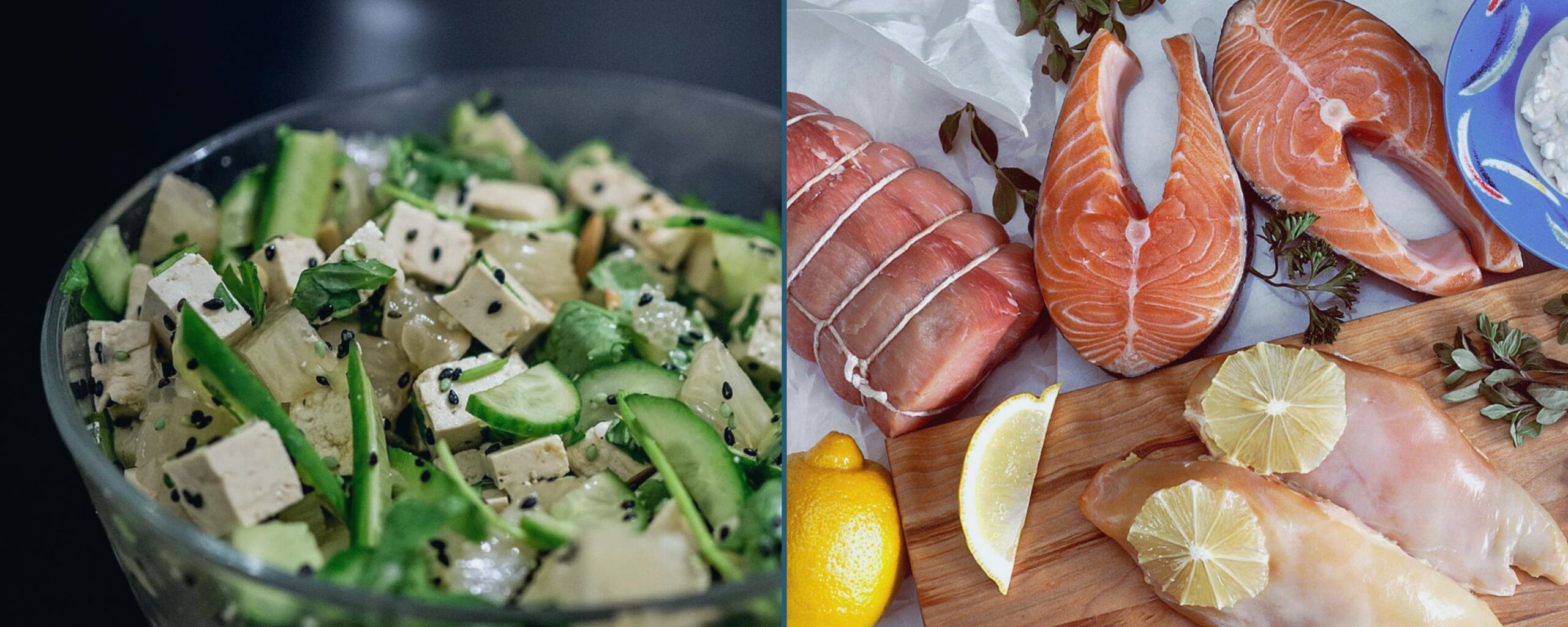
Rank list of animal protein sources
- Poultry (chicken, eggs, fish, etc.)
- Dairy (milk, cheese, yogurt)
- Red Meat
- Processed meat
All sources of animal protein come with fat, especially red meat and processed meat contain high amounts of saturated fats, hence red meat and especially processed meat must be consumed with caution. Long-term consumption of processed meat is also linked to colorectal cancer.
Rank list of plant protein sources
- Legumes
- Nuts and seeds
- Grains
- Vegetables and fruits.
Vegetables and fruits are a source of protein but are very poor sources and should not be relied on to meet one’s daily protein requirement.
- Park's Textbook of Preventive and Social Medicine
- PubMed Central - Protein – Which is Best?

Dr Aniket Manekar
I am a doctor that enjoys exploring complex topics distilling them into clear and crisp insights. I am passionate about research that focuses primarily on longevity. Outside of medicine I am an avid cook with a strong passion for self-improvement.


